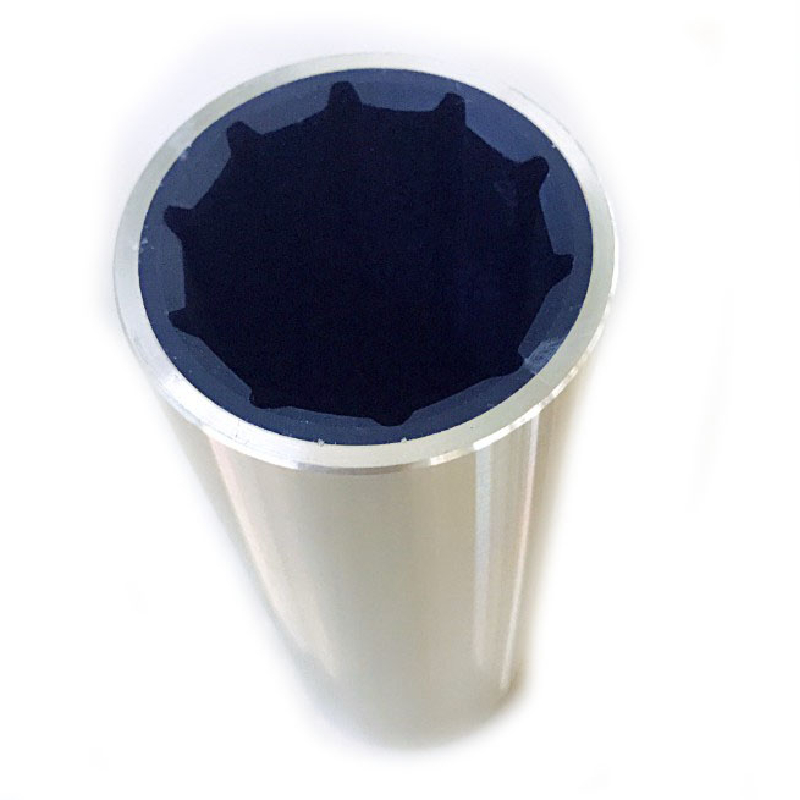spindle seal
Understanding the Significance of Spindle Seals in Machinery
In the realm of mechanical engineering, precision and reliability are paramount. One critical component that often underpins the performance of various machines is the spindle seal. This seemingly small yet significant device plays a crucial role in maintaining operational efficiency and prolonging equipment life. In this article, we will delve into the function of spindle seals, their types, applications, and the best practices for their maintenance.
What is a Spindle Seal?
A spindle seal is a type of sealing mechanism designed to prevent the leakage of fluids, such as lubricants or coolants, from the spindle of a machine. Spindles are common in various applications, including lathes, milling machines, and CNC (Computer Numerical Control) equipment. The seals ensure that the internal lubricants remain contained within the spindle assembly while preventing contaminants from entering the system, thus ensuring smooth operation.
Functions of Spindle Seals
The primary function of spindle seals lies in their ability to provide a barrier against leakage and contamination. This capability serves several purposes
1. Lubrication Retention Spindle seals keep lubricants in place, which is crucial for reducing friction between moving parts. Proper lubrication is essential for preventing wear and tear, overheating, and subsequent machine failure.
2. Contaminant Prevention By blocking dirt, dust, and other particulate matter from entering the spindle, seals help maintain the integrity of the internal components. This protection is vital for prolonging the lifespan of the machine.
3. Pressure Maintenance In high-speed applications, maintaining pressure within the spindle assembly can significantly enhance performance. Seals help ensure that the necessary pressure levels are upheld, contributing to efficient operation.
4. Vibration Reduction Spindle seals can also help dampen vibrations within the machinery, which is critical for precision engineering.
Types of Spindle Seals
Spindle seals come in various designs and materials, tailored to meet specific operational requirements. Some common types include
spindle seal

1. Rubber Seals Made from elastomeric materials, rubber seals are typically used for low to moderate pressure applications. Their flexibility enables them to conform to different surface shapes, ensuring a tight fit.
2. Lip Seals These seals incorporate a flexible lip that presses against the rotating spindle. They are effective for retaining lubricants while allowing for some amount of movement, which makes them suitable for high-speed applications.
3. Mechanical Seals These seals consist of two flat surfaces that are pressed together to prevent leaks. They are often used in applications requiring high-pressure containment and can handle extreme thermal conditions.
4. Labyrinth Seals Designed with intricate paths, labyrinth seals create a barrier that minimizes leakage while allowing for some airflow. They are often employed in high-speed spindles where minimal resistance is crucial.
Applications of Spindle Seals
Spindle seals find their places in various industries, including
- Manufacturing In CNC machinery, spindles must operate flawlessly to ensure precision in component fabrication. - Automotive Spindles in automotive lathes and milling machines require robust seals to maintain lubrication and prevent contamination. - Aerospace Given the stringent requirements for reliability and performance, spindle seals in aerospace manufacturing must deliver exceptional sealing capabilities. - Medical Devices Machinery used in the production of medical devices often requires high levels of cleanliness, making effective seals indispensable.
Best Practices for Spindle Seal Maintenance
To ensure the longevity and efficiency of spindle seals, several best practices can be observed
1. Regular Inspections Routine checks can help identify wear and tear early, preventing costly breakdowns. 2. Appropriate Lubricants Utilizing the correct type of lubricant can extend the life of spindle seals and improve machine performance. 3. Environmental Control Keeping machinery in controlled environments can limit the exposure of spindle seals to contaminants. 4. Replacement When a seal shows signs of fatigue or damage, replacing it promptly can prevent further issues down the line.
Conclusion
In conclusion, spindle seals may not be the most glamorous components in machinery, but they are undeniably vital for ensuring the efficiency and longevity of equipment. By understanding their significance, types, applications, and maintenance practices, engineers and technicians can better appreciate the role these seals play in today’s advanced machinery. Investing in high-quality spindle seals and adhering to best practices will undoubtedly lead to smoother operations and increased productivity in various industrial applications.
-
Simplifying Oil Changes: A Comprehensive Guide to Oil Drain Plugs and Their Variants
News Aug.04,2025
-
Mastering Oil Drain Maintenance: Solutions for Stripped, Worn, and Upgraded Oil Plugs
News Aug.04,2025
-
Fixing Oil Pan Plug Issues: Leaks, Stripped Nuts, and the Right Replacement Solutions
News Aug.04,2025
-
Everything You Need to Know About Oil Drain Plugs: Sizes, Fixes, and Upgrades
News Aug.04,2025
-
Choosing the Right Oil Drain Plug: A Guide to Sizes, Materials, and Drain Innovations
News Aug.04,2025
-
A Complete Guide to Automotive Drain Plugs: Types, Problems, and Innovative Solutions
News Aug.04,2025
-
The Ultimate Guide to Car Repair Kits: Tools and Essentials Every Driver Should Own
News Aug.01,2025
Products categories















